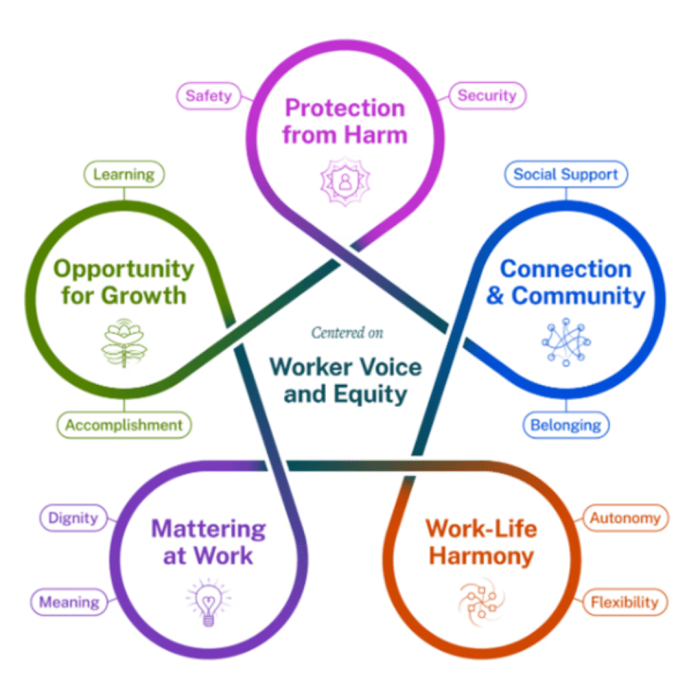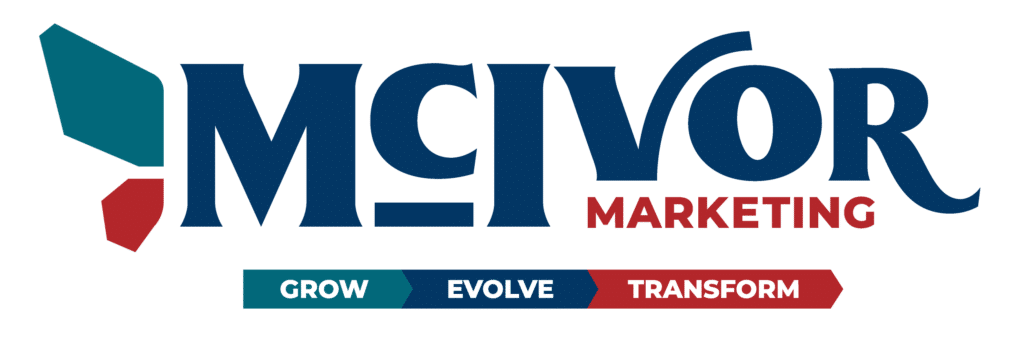FROM BURNOUT TO BALANCE: PRIORITIZING WELLNESS IN THE MODERN WORKPLACE

BY HEIDI MCIVOR ALLEN
In the fast-paced world we inhabit today, our workplaces have become more than just spaces where we spend a significant portion of our lives. They have evolved into dynamic environments that greatly influence our overall wellbeing, both physically and mentally. The impact of work on our lives can be profound, with the potential to bring about positive transformations or contribute to stress and burnout. Recognizing the profound importance of workplace wellbeing, it becomes our collective responsibility to foster an environment that prioritizes happiness and contentment for ourselves and our employees. By cultivating a culture of wellbeing, we can not only enhance productivity and success but also create a nurturing and fulfilling atmosphere that promotes growth, satisfaction, and long-term prosperity. Join me as we delve into the world of workplace wellbeing, exploring strategies, insights, and actionable steps to elevate our professional lives and unlock the potential for a happier, healthier, and more harmonious work experience.
OUR NATION’S CURRENT WORKPLACE LANDSCAPE
84%
81%
THE SURGEON GENERAL’S FRAMEWORK FOR WORKPLACE MENTAL HEALTH AND WELLBEING

ESSENTIAL #1: PROTECTION FROM HARM
Human Needs
Safety
Security
WAYS TO ACHIEVE PROTECTION FROM HARM
1. PRIORITIZE WORKPLACE PHYSICAL & PSYCHOLOGICAL SAFETY
2. ENABLE ADEQUATE REST
3. NORMALIZE & SUPPORT MENTAL HEALTH
ESSENTIAL #2: CONNECTION & COMMUNITY
Human Needs
Social Support
Belonging
WAYS TO ACHIEVE CONNECTION & COMMUNITY
1. CREATE CULTURES OF INCLUSION AND BELONGING
2. CULTIVATE TRUSTED RELATIONSHIPS
3. FOSTER COLLABORATION & TEAMWORK
ESSENTIAL #3: WORK-LIFE HARMONY
Human Needs
Autonomy
Flexibility
WAYS TO ACHIEVE WORK-LIFE HARMONY
1. PROVIDE MORE AUTONOMY OVER HOW WORK IS DONE
2. MAKE SCHEDULES AS FLEXIBLE AND PREDICTABLE AS POSSIBLE
3. INCREASE ACCESS TO PAID LEAVE
4. RESPECT BOUNDARIES BETWEEN WORK & NON-WOR TIME
ESSENTIAL #4: MATTERING AT WORK
Human Needs
Dignity
Meaning
WAYS TO ACHIEVE MATTERING AT WORK
1. PROVIDE A LIVING WAGE
2. ENGAGE WORKERS IN WORKPLACE DECISIONS
3. BUILD A CULTURE OF GRATITUDE & RECOGNITION
4. CONNECT INDIVIDUAL WORK WITH ORGANIZATIONAL MISSION
ESSENTIAL #5: OPPORTUNITY FOR GROWTH
Human Needs
Learning
Accomplishment
HOW TO ACHIEVE OPPORTUNITY FOR GROWTH
1. OFFER QUALITY TRAINING, EDUCATION & MENTORING
2. FOSTER CLEAR, EQUITABILITY PATHWAYS FOR CAREER ADVANCEMENT
3. ENSURE RELEVANT, RECIPROCAL FEEDBACK
HOW MCIVOR MARKETING CAN HELP YOU IMPLEMENT WORKPLACE WELLBEING CULTURE INTO YOUR COMPANY
Want to Read 5 Marketing Tips for Small Businesses?
Check out this blog post and see if your business is currently tackling these Top 5 Marketing Tips. If you have questions or find you need help in an area, reach out!
Like What You Read? Share It!




